by American Geophysical Union

A new study finds temperatures in the deep sea fluctuate more than scientists previously thought. Credit: Doug White.
New research reveals temperatures in the deep sea fluctuate more than scientists previously thought and a warming trend is now detectable at the bottom of the ocean.
In a new study in AGU's journal Geophysical Research Letters, researchers analyzed a decade of hourly temperature recordings from moorings anchored at four depths in the Atlantic Ocean's Argentine Basin off the coast of Uruguay. The depths represent a range around the average ocean depth of 3,682 meters (12,080 feet), with the shallowest at 1,360 meters (4,460 feet) and the deepest at 4,757 meters (15,600 feet).
They found all sites exhibited a warming trend of 0.02 to 0.04 degrees Celsius per decade between 2009 and 2019—a significant warming trend in the deep sea where temperature fluctuations are typically measured in thousandths of a degree. According to the study authors, this increase is consistent with warming trends in the shallow ocean associated with anthropogenic climate change, but more research is needed to understand what is driving rising temperatures in the deep ocean.
"In years past, everybody used to assume the deep ocean was quiescent. There was no motion. There were no changes," said Chris Meinen, an oceanographer at the NOAA Atlantic Oceanographic and Meteorological Laboratory and lead author of the new study. "But each time we go look we find that the ocean is more complex than we thought."
The challenge of measuring the deep
Researchers today are monitoring the top 2,000 meters (6,560 feet) of the ocean more closely than ever before, in large part due to an international program called the Global Ocean Observing System. Devices called Argo floats that sink and rise in the upper ocean, bobbing along in ocean currents, provide a rich trove of continuous data on temperature and salinity.
The deep sea, however, is notoriously difficult to access and expensive to study. Scientists typically take its temperature using ships that lower an instrument to the seafloor just once every ten years. This means scientists' understanding of the day-to-day changes in the bottom half of the ocean lag far behind their knowledge of the surface.
Meinen is part of a team at NOAA carrying out a rare long-term study at the bottom of the ocean, but until recently, the team thought the four devices they had moored at the bottom of the Argentine Basin were just collecting information on ocean currents. Then Meinen saw a study by the University of Rhode Island showcasing a feature of the device he had been completely unaware of. A temperature sensor was built into the instrument's pressure sensor used to study currents and had been incidentally collecting temperature data for the entirety of their study. All they had to do was analyze the data they already had.
"So we went back and we calibrated all of our hourly data from these instruments and put together what is essentially a continuous 10-year-long hourly record of temperature one meter off the seafloor," Meinen said.
Dynamic depths
The researchers found at the two shallower depths of 1,360 and 3,535 meters (4,460 feet and 11,600 feet), temperatures fluctuated roughly monthly by up to a degree Celsius. At depths below 4,500 meters (14,760 feet), temperature fluctuations were more minute, but changes followed an annual pattern, indicating seasons still have a measurable impact far below the ocean surface. The average temperature at all four locations went up over the course of the decade, but the increase of about 0.02 degrees Celsius per decade was only statistically significant at depths of over 4,500 meters.
According to the authors, these results demonstrate that scientists need to take the temperature of the deep ocean at least once a year to account for these fluctuations and pick up on meaningful long-term trends. In the meantime, others around the world who have used the same moorings to study deep sea ocean currents could analyze their own data and compare the temperature trends of other ocean basins.
"There are a number of studies around the globe where this kind of data has been collected, but it's never been looked at," Meinen said. "I'm hoping that this is going to lead to a reanalysis of a number of these historical datasets to try and see what we can say about deep ocean temperature variability."
A better understanding of temperature in the deep sea could have implications that reach beyond the ocean. Because the world's oceans absorb so much of the world's heat, learning about the ocean's temperature trends can help researchers better understand temperature fluctuations in the atmosphere as well.
"We're trying to build a better Global Ocean Observing System so that in the future, we're able to do better weather predictions," Meinen said. "At the moment we can't give really accurate seasonal forecasts, but hopefully as we get better predictive capabilities, we'll be able to say to farmers in the Midwest that it's going to be a wet spring and you may want to plant your crops accordingly."
Explore further
New research reveals temperatures in the deep sea fluctuate more than scientists previously thought and a warming trend is now detectable at the bottom of the ocean.
In a new study in AGU's journal Geophysical Research Letters, researchers analyzed a decade of hourly temperature recordings from moorings anchored at four depths in the Atlantic Ocean's Argentine Basin off the coast of Uruguay. The depths represent a range around the average ocean depth of 3,682 meters (12,080 feet), with the shallowest at 1,360 meters (4,460 feet) and the deepest at 4,757 meters (15,600 feet).
They found all sites exhibited a warming trend of 0.02 to 0.04 degrees Celsius per decade between 2009 and 2019—a significant warming trend in the deep sea where temperature fluctuations are typically measured in thousandths of a degree. According to the study authors, this increase is consistent with warming trends in the shallow ocean associated with anthropogenic climate change, but more research is needed to understand what is driving rising temperatures in the deep ocean.
"In years past, everybody used to assume the deep ocean was quiescent. There was no motion. There were no changes," said Chris Meinen, an oceanographer at the NOAA Atlantic Oceanographic and Meteorological Laboratory and lead author of the new study. "But each time we go look we find that the ocean is more complex than we thought."
The challenge of measuring the deep
Researchers today are monitoring the top 2,000 meters (6,560 feet) of the ocean more closely than ever before, in large part due to an international program called the Global Ocean Observing System. Devices called Argo floats that sink and rise in the upper ocean, bobbing along in ocean currents, provide a rich trove of continuous data on temperature and salinity.
The deep sea, however, is notoriously difficult to access and expensive to study. Scientists typically take its temperature using ships that lower an instrument to the seafloor just once every ten years. This means scientists' understanding of the day-to-day changes in the bottom half of the ocean lag far behind their knowledge of the surface.
Meinen is part of a team at NOAA carrying out a rare long-term study at the bottom of the ocean, but until recently, the team thought the four devices they had moored at the bottom of the Argentine Basin were just collecting information on ocean currents. Then Meinen saw a study by the University of Rhode Island showcasing a feature of the device he had been completely unaware of. A temperature sensor was built into the instrument's pressure sensor used to study currents and had been incidentally collecting temperature data for the entirety of their study. All they had to do was analyze the data they already had.
"So we went back and we calibrated all of our hourly data from these instruments and put together what is essentially a continuous 10-year-long hourly record of temperature one meter off the seafloor," Meinen said.
Dynamic depths
The researchers found at the two shallower depths of 1,360 and 3,535 meters (4,460 feet and 11,600 feet), temperatures fluctuated roughly monthly by up to a degree Celsius. At depths below 4,500 meters (14,760 feet), temperature fluctuations were more minute, but changes followed an annual pattern, indicating seasons still have a measurable impact far below the ocean surface. The average temperature at all four locations went up over the course of the decade, but the increase of about 0.02 degrees Celsius per decade was only statistically significant at depths of over 4,500 meters.
According to the authors, these results demonstrate that scientists need to take the temperature of the deep ocean at least once a year to account for these fluctuations and pick up on meaningful long-term trends. In the meantime, others around the world who have used the same moorings to study deep sea ocean currents could analyze their own data and compare the temperature trends of other ocean basins.
"There are a number of studies around the globe where this kind of data has been collected, but it's never been looked at," Meinen said. "I'm hoping that this is going to lead to a reanalysis of a number of these historical datasets to try and see what we can say about deep ocean temperature variability."
A better understanding of temperature in the deep sea could have implications that reach beyond the ocean. Because the world's oceans absorb so much of the world's heat, learning about the ocean's temperature trends can help researchers better understand temperature fluctuations in the atmosphere as well.
"We're trying to build a better Global Ocean Observing System so that in the future, we're able to do better weather predictions," Meinen said. "At the moment we can't give really accurate seasonal forecasts, but hopefully as we get better predictive capabilities, we'll be able to say to farmers in the Midwest that it's going to be a wet spring and you may want to plant your crops accordingly."
Explore further
Deep diving robots find warming accelerating in South Pacific Ocean waters
More information: Christopher S. Meinen et al, Observed Ocean Bottom Temperature Variability at Four Sites in the Northwestern Argentine Basin: Evidence of Decadal Deep/Abyssal Warming Amidst Hourly to Interannual Variability During 2009–2019, Geophysical Research Letters (2020).
More information: Christopher S. Meinen et al, Observed Ocean Bottom Temperature Variability at Four Sites in the Northwestern Argentine Basin: Evidence of Decadal Deep/Abyssal Warming Amidst Hourly to Interannual Variability During 2009–2019, Geophysical Research Letters (2020).
Journal information: Geophysical Research Letters
Provided by American Geophysical Union
Provided by American Geophysical Union
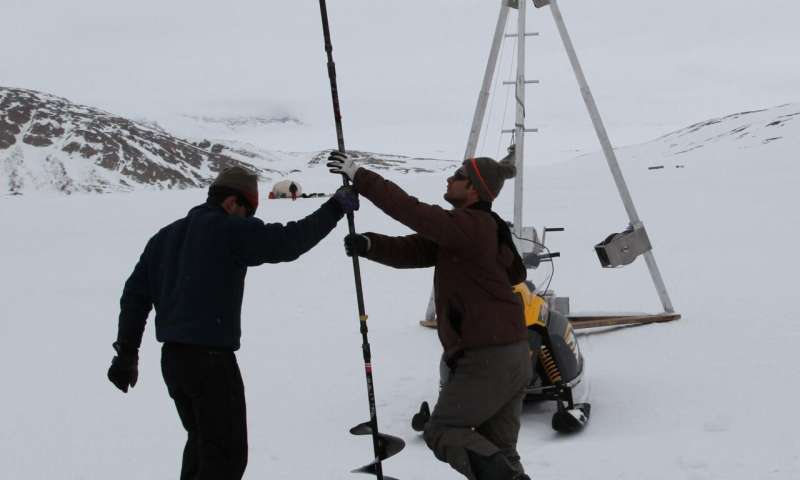

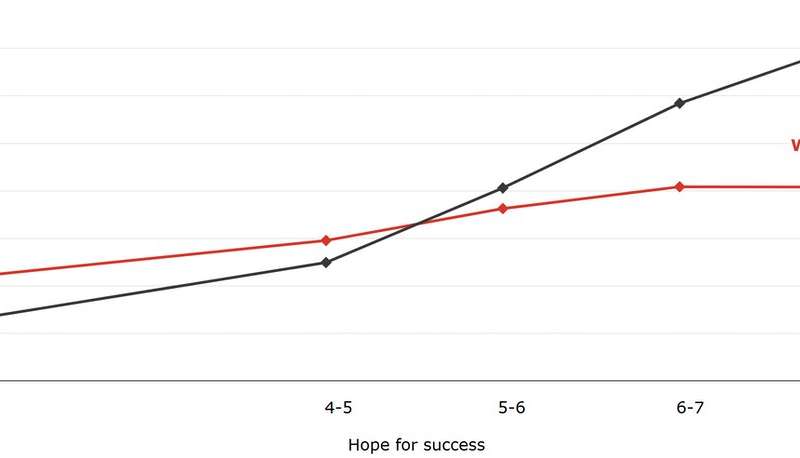


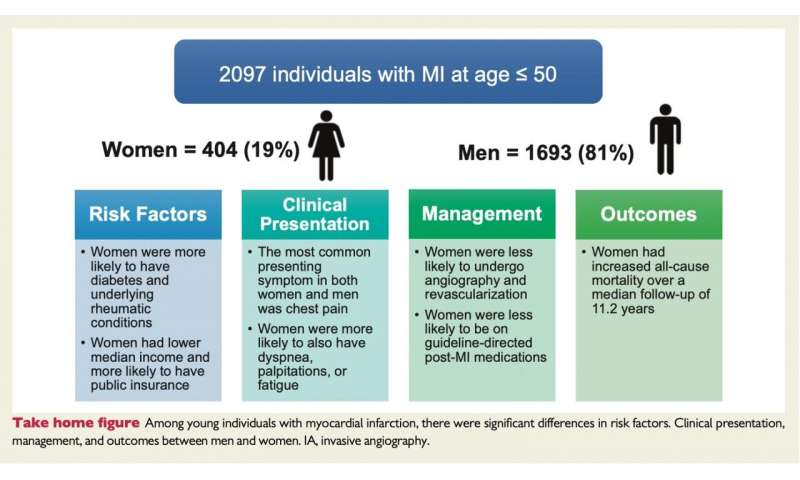 Figure showing risk factors, and clinical presentation, management and outcomes for men and women Credit: European Heart Journal
Figure showing risk factors, and clinical presentation, management and outcomes for men and women Credit: European Heart Journal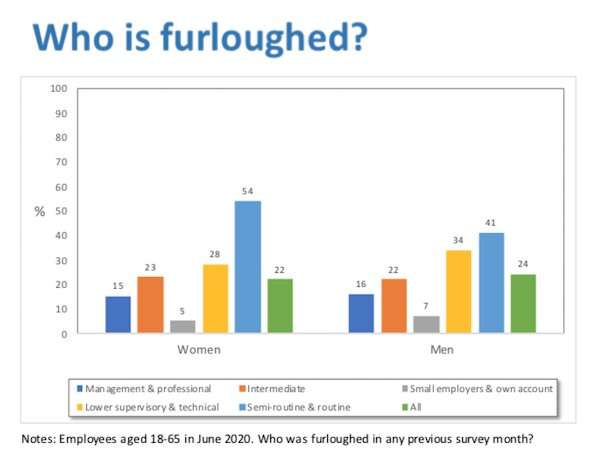
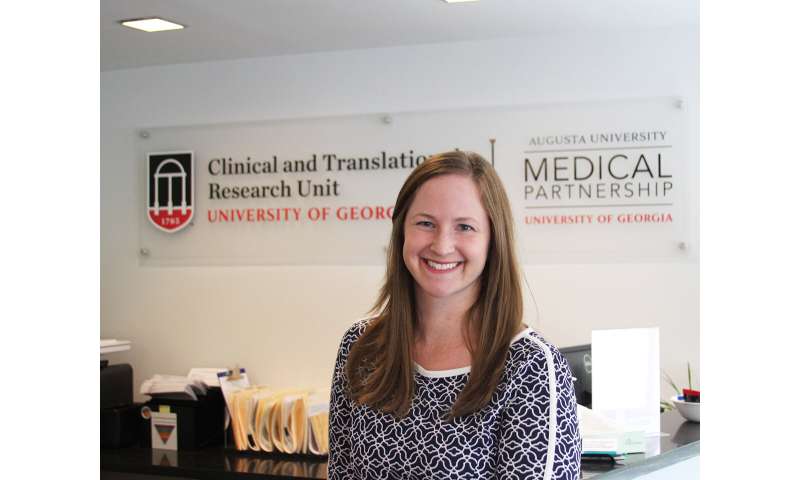
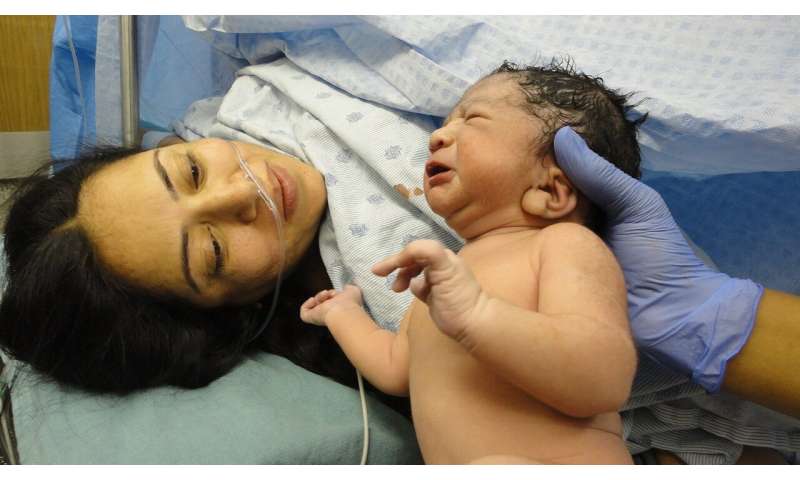





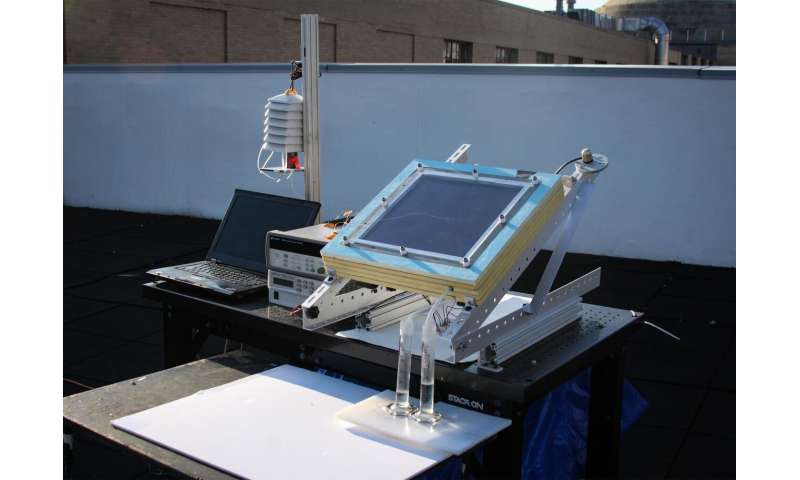 A prototype of the new two-stage water harvesting system (center right), was tested on an MIT rooftop. The device, which was connected to a laptop for data collection and was mounted at an angle to face the sun, has a black solar collecting plate at the top, and the water it produced flowed into two tubes at bottom.Credit: Alina LaPotin
A prototype of the new two-stage water harvesting system (center right), was tested on an MIT rooftop. The device, which was connected to a laptop for data collection and was mounted at an angle to face the sun, has a black solar collecting plate at the top, and the water it produced flowed into two tubes at bottom.Credit: Alina LaPotin Credit: Pixabay/CC0 Public Domain
Credit: Pixabay/CC0 Public Domain


